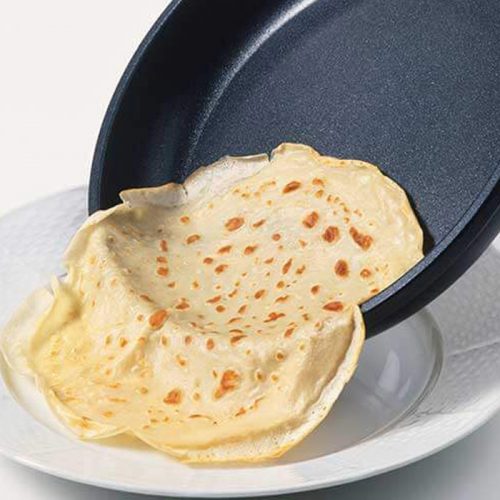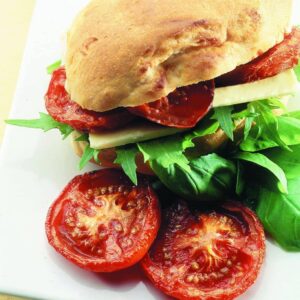
Mid-winter is a time to take stock in the vegetable garden. Crops planted a couple of months ago, such as peas, celery, silver beet and brassicas, should be maturing. For winter salads, frilly red lettuce does best in cold weather, or plant miners’ lettuce for a change.
Cold weather helps keep weeds down, but if you have any bare soil, to discourage them further, try digging it over and sowing a cover crop such as blue lupin, mustard and cress, or a spring manure mix (sold by Kings Seeds). Green manure crops fix nitrogen as well as keeping the weeds out and improving soil structure and fertility. Let the plants grow to about 50cm in height and shear them with hedge clippers while they are still green and soft. Let them lie on the surface for a few days before digging in.
Plan your planting for next season. Crop rotation is important both to break cycles of soil-borne diseases, which result from planting the same crop in the same soil continuously, and because different plants extract different nutrients from the soil.
To rotate, divide your garden into four sections. Plant peas and beans in the first section, leafy greens (brassicas, lettuce etc) in the next, the third in root crops (carrots, beetroot) and the final one in fruit crops such as tomatoes and cucumbers. Each season move each crop on to the next section, in succession.
www.healthyfood.com










